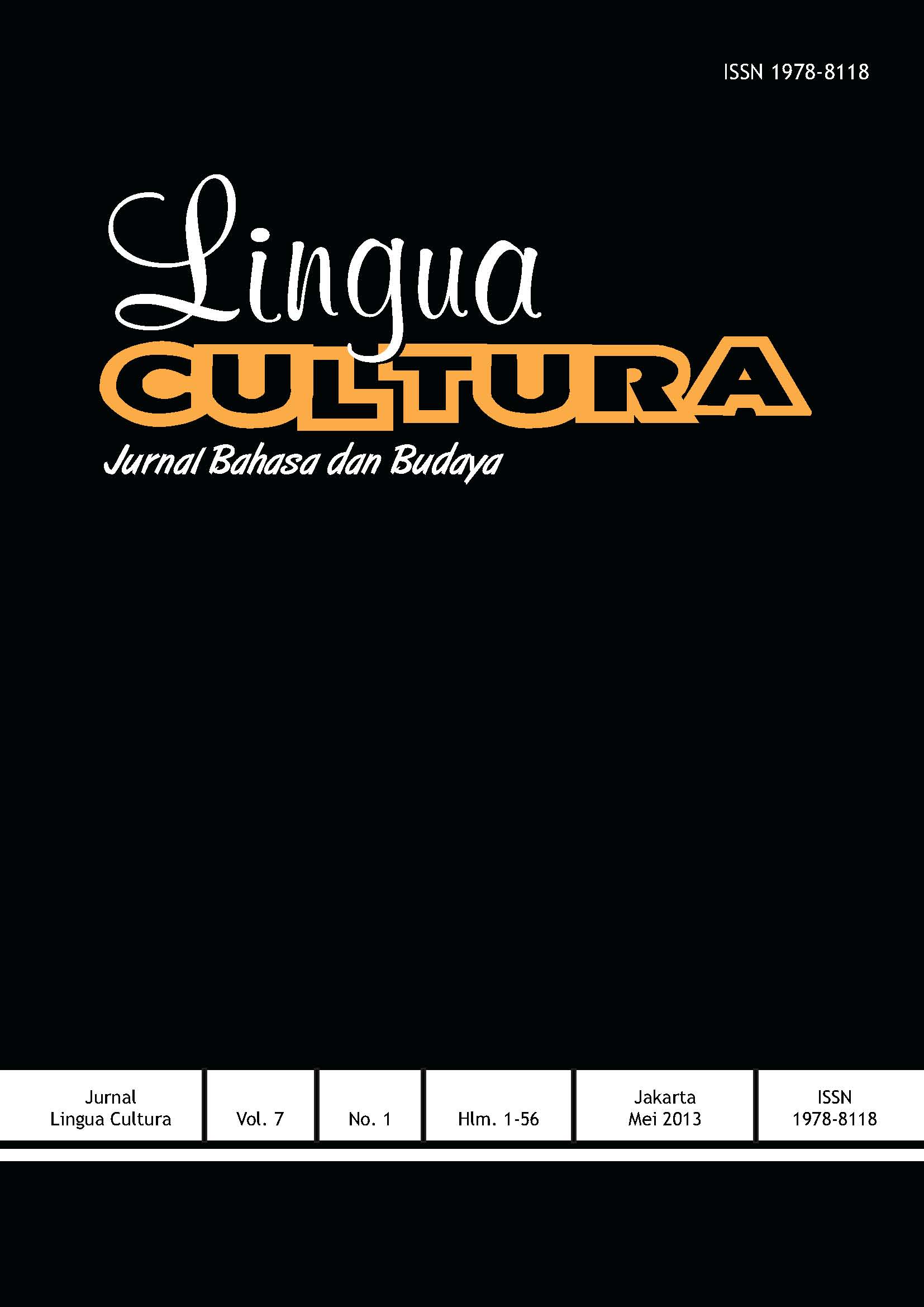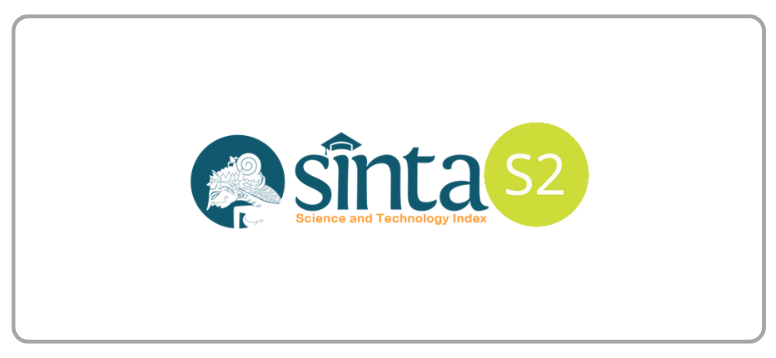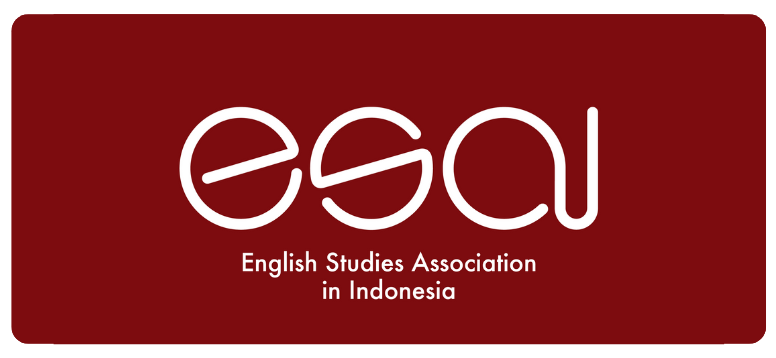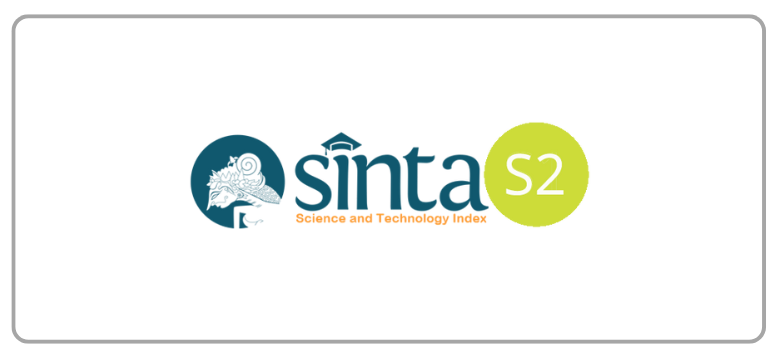An Analysis of the Hanyu Pinyin Errors of the Indonesian Students
DOI:
https://doi.org/10.21512/lc.v7i1.413Keywords:
Pinyin, alphabet, word-segmentation, phonetic sound, tone mark placementAbstract
Pinyin is a valuable tool for students who learn Chinese as a second language. Through years of teaching practice and observation, some errors in Indonesian students’ understanding and using in Pinyin were summed up, including
the phonetic alphabet equated to the actual voice entirely caused the mispronunciation; lack of understanding in some special provisions in Pinyin caused the confusion of vowels “u†and “üâ€; improperly placement of tone marks; did not understand the pinyin word-segmentation resulting in memory and understanding of Chinese based on Chinese characters instead of the word as a unit. These errors disturbed the accuracy of Chinese students’ pronunciation, caused problems in Chinese vocabulary understanding. It is very important for Indonesian Chinese language learners to lay a solid foundation of Pinyin and develop good habits in the use of Pinyin.
References
曹文.( 2002).汉è¯è¯éŸ³æ•™ç¨‹. 北京:北京è¯è¨€æ–‡åŒ–大å¦å‡ºç‰ˆç¤¾
黄伯è£,å»–åºä¸œ. (2007). 现代汉è¯ï¼ˆå¢žè®¢å››ç‰ˆï¼‰ä¸Šã€ä¸‹å†Œ.北京:高ç‰æ•™è‚²å‡ºç‰ˆç¤¾
商务å°ä¹¦é¦†è¾žä¹¦ç ”究ä¸å¿ƒ. (2002).æ–°åŽæ‹¼å†™è¯å…¸.北京:商务å°ä¹¦é¦†
赵元任.( 1980).è¯è¨€é—®é¢˜.北京:商务å°ä¹¦é¦†
蒋以亮.(1998).è¯æµæ•™å¦åˆæŽ¢.è¯è¨€æ•™å¦ä¸Žç ”究,第4期
林奕高,王功平.(2005).å°å°¼ç•™å¦ç”Ÿä¹ 得汉è¯å¡žéŸ³å’Œå¡žæ“¦éŸ³å®žéªŒç ”究.è¯è¨€æ•™å¦ä¸Žç ”究,第4期
王ç†å˜‰. (2005).《汉è¯æ‹¼éŸ³æ–¹æ¡ˆã€‹ä¸Žä¸–界汉è¯è¯éŸ³æ•™å¦.世界汉è¯æ•™å¦,第2期
Downloads
Published
How to Cite
Issue
Section
License
Authors who publish with this journal agree to the following terms:
a. Authors retain copyright and grant the journal right of first publication with the work simultaneously licensed under a Creative Commons Attribution License - Share Alike that allows others to share the work with an acknowledgment of the work's authorship and initial publication in this journal.
b. Authors are able to enter into separate, additional contractual arrangements for the non-exclusive distribution of the journal's published version of the work (e.g., post it to an institutional repository or publish it in a book), with an acknowledgment of its initial publication in this journal.
c. Authors are permitted and encouraged to post their work online (e.g., in institutional repositories or on their website) prior to and during the submission process, as it can lead to productive exchanges, as well as earlier and greater citation of published work.
USER RIGHTS
All articles published Open Access will be immediately and permanently free for everyone to read and download. We are continuously working with our author communities to select the best choice of license options, currently being defined for this journal as follows: Creative Commons Attribution-Share Alike (CC BY-SA)


















